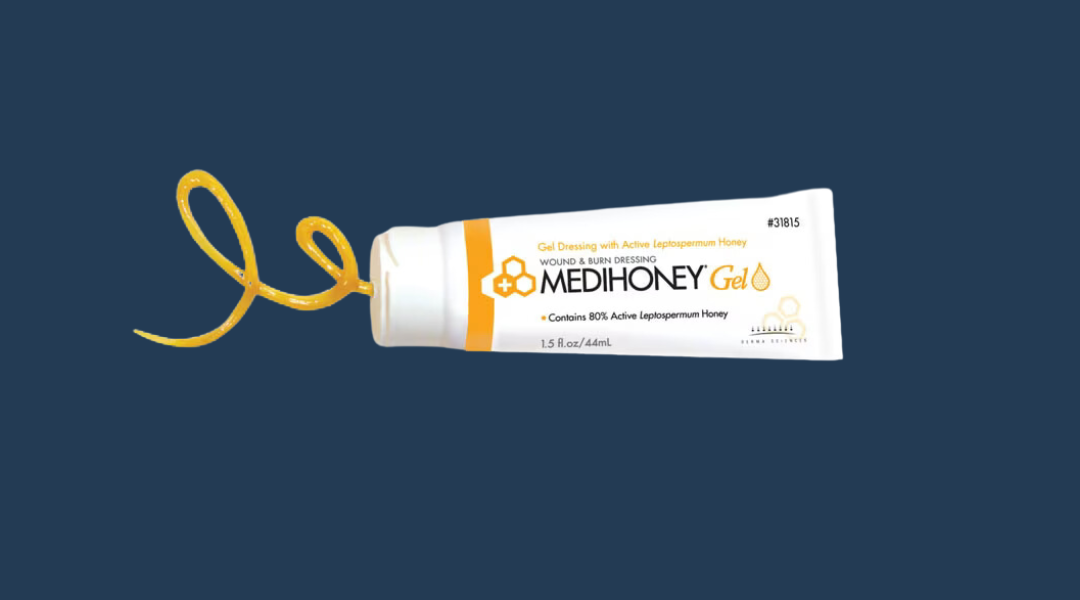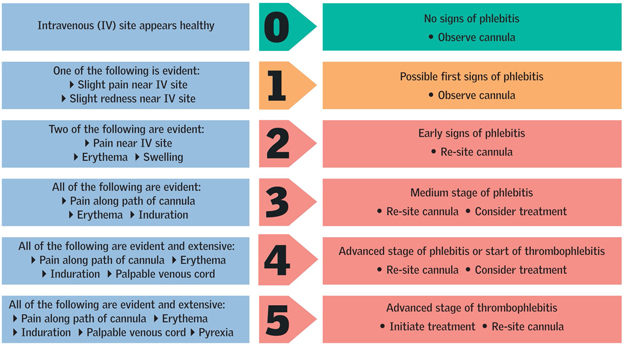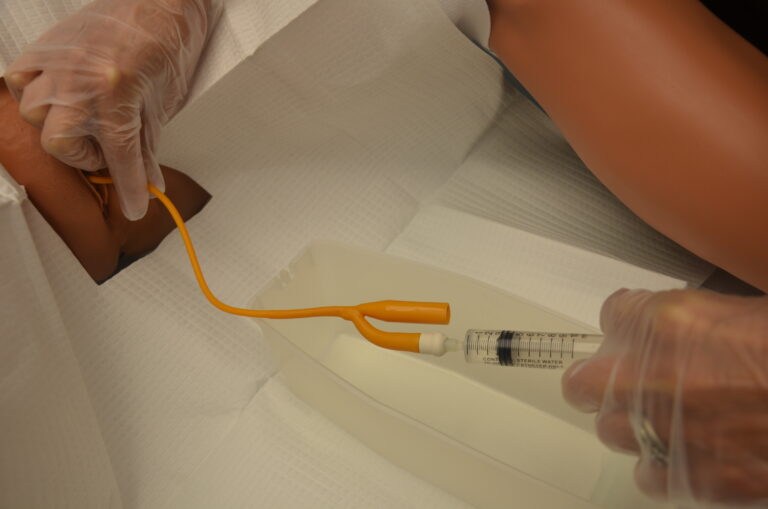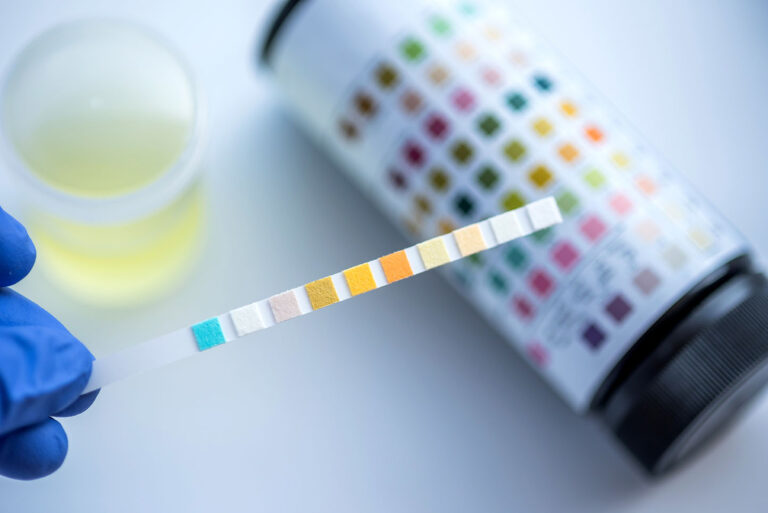2024 Use Of Honey Dressing On Venous Leg Ulcer: Evidence-Based Practice
2024 Use Of Honey Dressing On Venous Leg Ulcer: Evidence-Based Practice
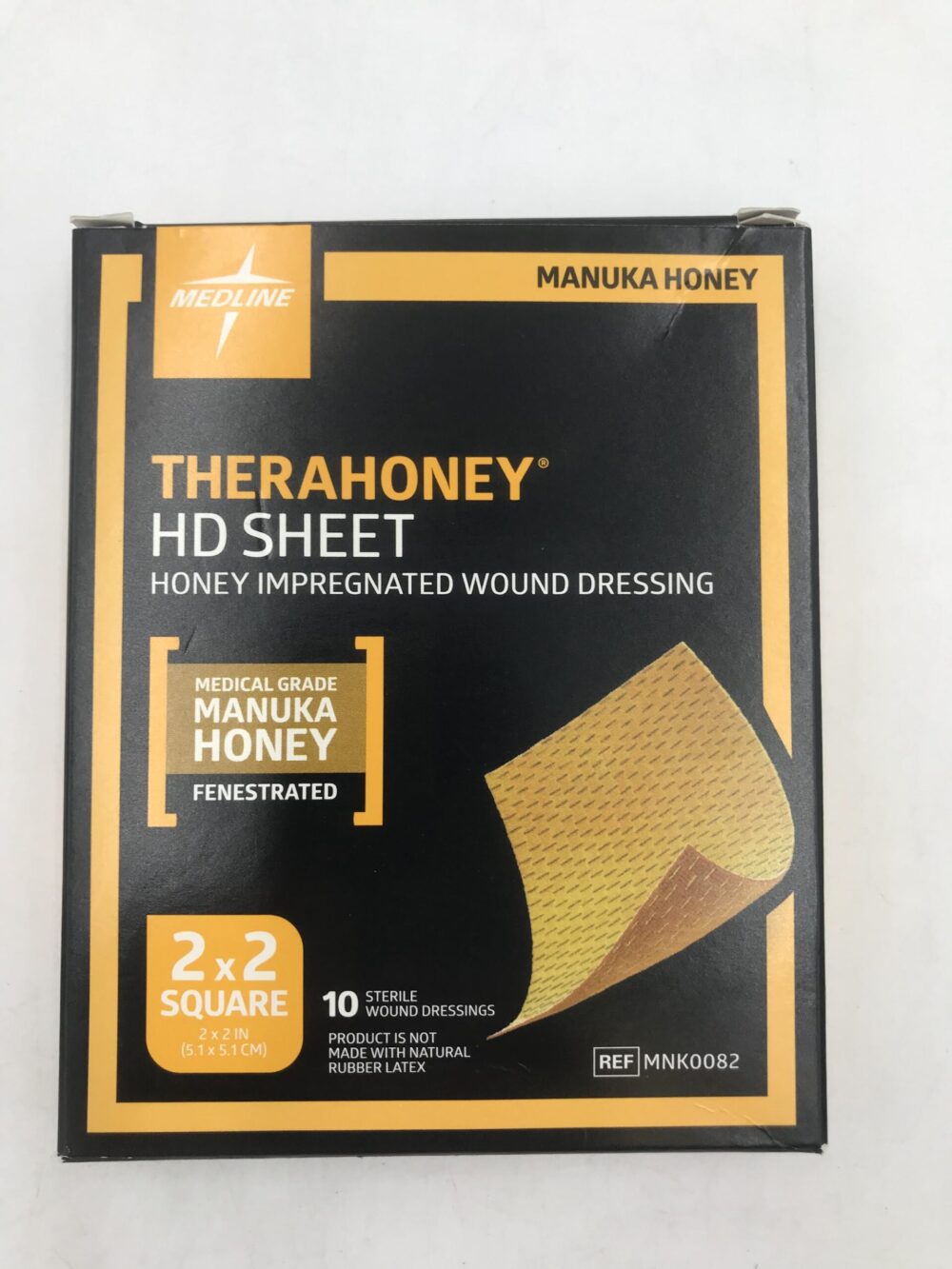
Venous leg ulcers are a common and challenging condition to manage, often requiring comprehensive and evidence-based approaches to promote healing. One such approach that has gained attention is the use of honey dressings. This blog will explore the 2024 guidelines for the Objective Structured Clinical Examination (OSCE) focusing on the use of honey dressing for venous leg ulcers.
Understanding Venous Leg Ulcers
Venous leg ulcers are open sores that occur on the lower legs due to poor blood circulation. They are often chronic and can significantly impact a patient’s quality of life. Effective management is crucial to prevent complications and promote healing.
The Role of OSCE in Venous Leg Ulcer Management
The OSCE is a practical exam used to assess the clinical skills of healthcare professionals. For those managing venous leg ulcers, the OSCE ensures that practitioners can apply evidence-based practices effectively. The exam typically includes scenarios that test your ability to assess, treat, and manage venous leg ulcers using the latest guidelines.
Evidence-Based Practices for Using Honey Dressings
- Antibacterial Properties: Honey, particularly Manuka honey, has natural antibacterial properties that can help reduce infection in venous leg ulcers. It creates a moist wound environment that promotes healing1.
- Anti-inflammatory Effects: Honey has anti-inflammatory properties that can help reduce swelling and pain associated with venous leg ulcers. This can improve patient comfort and promote faster healing2.
- Osmotic Effect: Honey’s high sugar content creates an osmotic effect, drawing out excess fluid from the wound and reducing edema. This helps to keep the wound clean and promotes healing3.
- Promotes Tissue Regeneration: Honey can stimulate the growth of new tissue, aiding in the repair of damaged skin and underlying tissues. This is crucial for the healing of chronic wounds like venous leg ulcers4.
Application of Honey Dressings
To apply honey dressings effectively:
- Clean the Wound: Ensure the wound is clean before applying the honey dressing.
- Apply Honey: Spread a thin layer of medical-grade honey directly onto the wound or use a pre-prepared honey dressing.
- Cover with a Secondary Dressing: Use a secondary dressing to hold the honey in place and protect the wound.
- Change Dressings Regularly: Change the dressing as recommended, typically every 24-48 hours, or when it becomes saturated5.
Preparing for the OSCE
To excel in the OSCE, it is important to:
- Stay Updated: Keep abreast of the latest research and guidelines on the use of honey dressings for venous leg ulcers.
- Practice Scenarios: Engage in mock OSCE scenarios to build confidence and improve your clinical skills.
- Reflect on Feedback: Use feedback from practice sessions to identify areas for improvement.
Conclusion
The 2024 OSCE for Venous Leg Ulcer Management emphasizes the importance of evidence-based practices, including the use of honey dressings. By understanding and applying these practices, healthcare professionals can significantly improve the outcomes for patients with venous leg ulcers.
